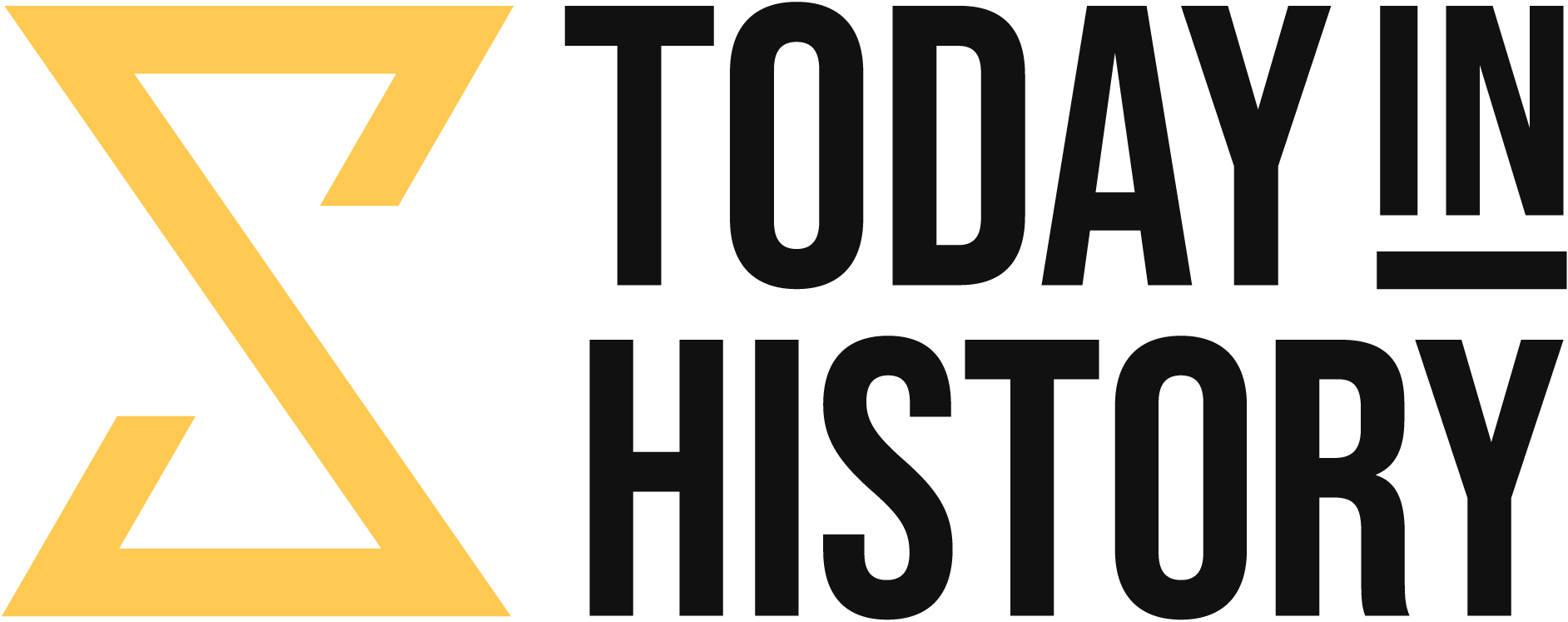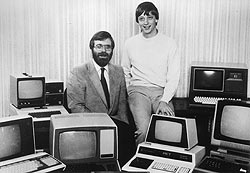On April 4, 1975, a significant date in the history of technology, two childhood friends, Bill Gates and Paul Allen, began a journey that would change the industry. They founded Microsoft in Albuquerque, New Mexico, starting as a small software company that would eventually grow into a global tech giant.
Bill Gates and Paul Allen shared a passion for computers from an early age, which led them to founded a small business, Traf-O-Data, in 1972. However, their true breakthrough came in 1975 when they recognized the potential of personal computing. They seized the opportunity to develop software for the Altair 8800 microcomputer, creating a BASIC interpreter that they successfully demonstrated to MITS, marking the birth of Microsoft’s first primary product.
Originally named ‘Micro-Soft’, a blend of ‘microcomputer’ and ‘software’, the company was officially registered as Microsoft in 1976. During these formative years, Gates and Allen tirelessly expanded their software offerings. Their strategic move of Microsoft’s headquarters to Bellevue, Washington in 1979 positioned the company at the heart of the burgeoning tech industry.
The 1980s were a transformative decade for Microsoft. In 1980, the company struck a game-changing deal with IBM, providing an operating system for the IBM Personal Computer. This pivotal moment saw Microsoft purchase a CP/M clone, 86-DOS, rebrand it as MS-DOS, and license it to IBM. This move set the stage for Microsoft’s dominance in the PC software market, marking a significant milestone in the company’s history.
1985 witnessed a monumental event in the history of personal computing as Microsoft launched Windows 1.0, a revolutionary graphical user interface. This innovation would reshape the landscape of personal computing, with Windows becoming the world’s most widely used operating systemover the next few decades.

